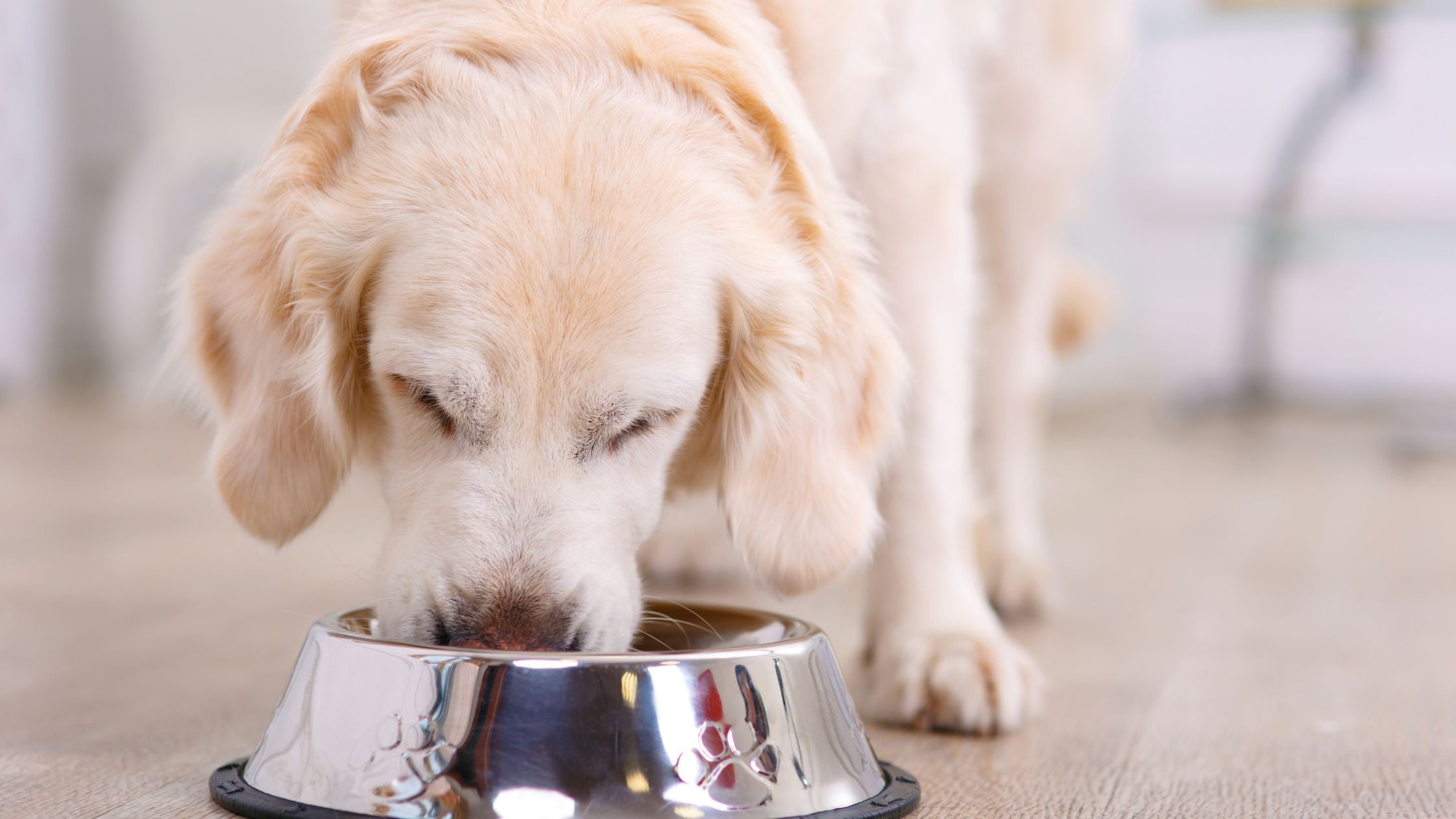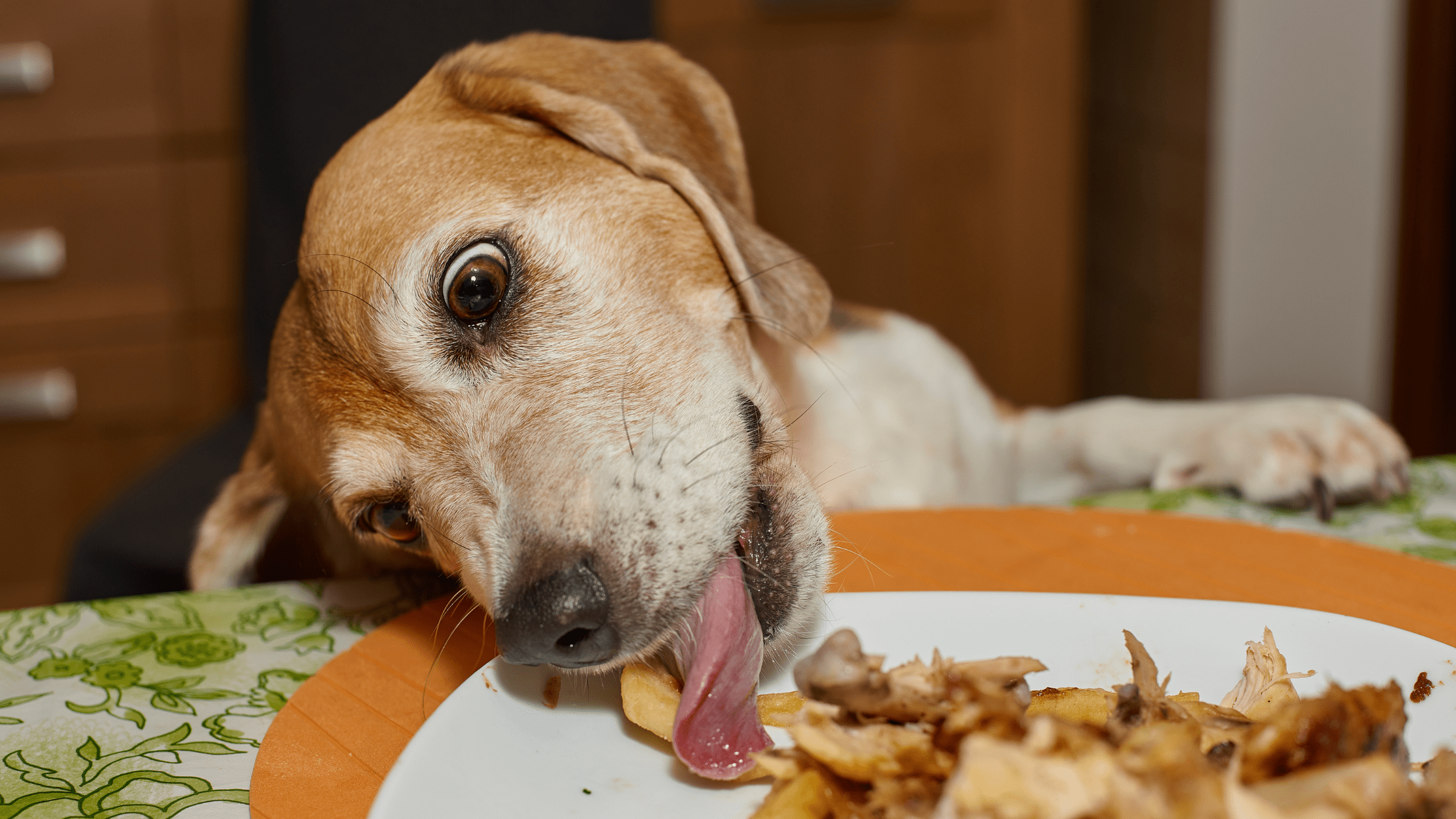Flea treatments are a common part of pet care, but have you ever considered the impact these products can have on the environment? Many traditional flea treatments contain harmful chemicals that can affect wildlife, pollinators, and ecosystems. As pet parents, it's important to be aware of the broader consequences of these products and explore safer alternatives.
In this blog, we’re going to explore:
- The environmental concerns surrounding chemical flea treatments.
- Natural alternatives to traditional flea medications.
- How you can protect both your pet and the planet with eco-friendly options.
Keep reading to discover how you can make a difference for your pet and the planet, all while keeping your furry friends safe and healthy!
The Environmental Concerns of Flea Treatments
Pet flea treatments, particularly those that contain insecticides like imidacloprid and fipronil, are commonly used to prevent flea infestations. However, these chemicals can pose significant risks to biodiversity. When pets that have been treated with these products go outside, the chemicals often remain on their fur and can transfer to the environment.
Research has shown that this can contaminate water sources, soil, and plants. For example, chemicals from flea treatments can end up in waterways, harming aquatic life and disrupting delicate ecosystems.
What’s more alarming is the impact on pollinators like bees. A single flea treatment for a large dog can contain enough chemical to kill millions of bees. These pollinators play an essential role in the health of our ecosystems, and their decline can have far-reaching consequences on food production and biodiversity.
Natural Alternatives to Flea Treatments
Thankfully, there are ways to protect our pets from fleas while also minimizing the harm to the environment. Here are some natural, eco-friendly flea prevention methods that can help keep your pet safe without compromising the health of the planet.
Flea Combs
Using a flea comb is one of the simplest and most effective ways to remove fleas from your pet. Regular combing can catch fleas before they have a chance to reproduce, reducing the need for chemical treatments. It’s also a great way to monitor your pet’s condition and check for any early signs of flea infestations.
Natural Flea Sprays
There are several non-toxic flea sprays available that use natural ingredients like peppermint oil, neem oil, or citronella to repel fleas. These sprays are safe for pets and humans, and they help keep fleas away without harmful chemicals.
We like this Organic Flea Spray for Dogs and Cats by Woof Creek.
Essential Oils
Some essential oils, such as lavender, eucalyptus, and rosemary, are known for their ability to repel fleas. However, it's important to dilute essential oils properly and consult your vet before using them, as some oils can be toxic to pets if used incorrectly.
Regular Cleaning
Keeping your pet and your pet’s environment clean is a key part of flea prevention.
A good natural flea shampoo will contain essential oils that are both safe for pets, but also powerful to help fight off or prevent fleas to begin with. We like this zero waste flea shampoo bar soap from Project Sudz.
Wash your pet’s bedding, toys, and any fabric they frequently come into contact with. Vacuuming regularly will also help reduce flea eggs and larvae in your home.
You can give your pup’s bed a fresh start with our Replacement Dog Bed Inserts and Stuffing. These eco-friendly, hypoallergenic inserts offer cloud-like comfort and keep your dog’s bed supportive and cozy, making it easier to maintain a clean and comfy resting space. This is an easy and effective way to manage flea populations naturally

Diet and Supplements
Feeding your pet a healthy, well-balanced, homemade diet can boost their immune system, making them less attractive to fleas. This Dog Supplement for Homemade Food provides essential nutrients, helping to support a healthy immune system and making your pet less attractive to fleas. Simply add it to your homemade meals for a natural, effective way to keep fleas at bay.
Why It Matters
By choosing natural flea prevention methods, you're not only protecting your pet but also doing your part to protect the environment. The chemicals in traditional flea treatments can harm more than just the fleas. They can affect ecosystems, pollinators, and wildlife, all of which play an important role in the health of our planet.
Switching to eco-friendly flea prevention practices helps reduce the use of harmful chemicals, contributing to the preservation of biodiversity and the overall health of the planet. It’s a small change that can make a big difference.
Protect Your Pet and the Planet
Switching to natural flea prevention is a simple yet impactful way to protect your pet from harmful chemicals and support a healthier environment. By opting for safe, non-toxic treatments like flea combs, herbal sprays, and regular cleaning, you can effectively manage flea infestations while reducing your ecological footprint. It's a win-win for your pet and the planet!







